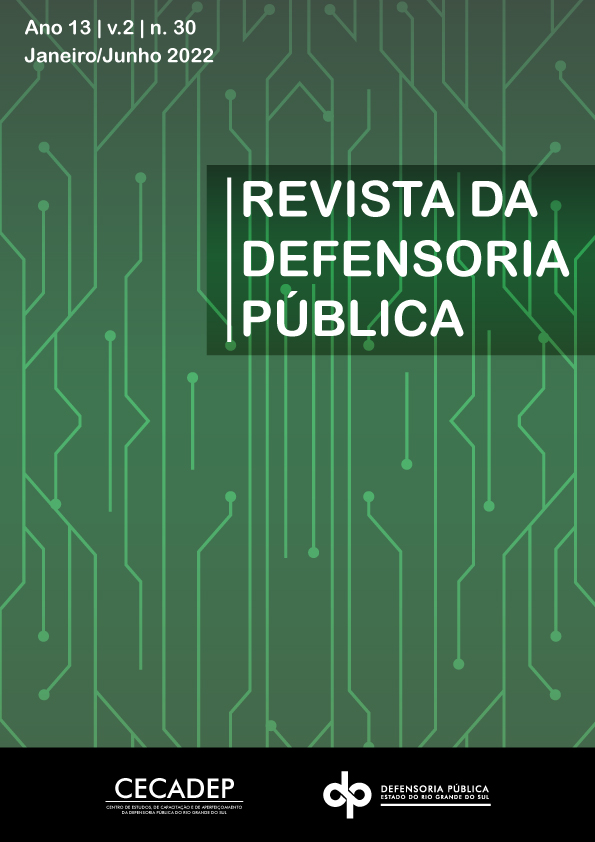MONITORED FREEDOM: AN ALTERNATIVE TO CRIME FOR PRISONERS OF THE SEMI-OPEN REGIME?
uma alternativa à criminalidade para presos do regime semiaberto
Abstract
This is research carried out in the Criminal Law's field. This research aimed to convey the problems of the national prison system, presenting electronic monitoring as a possible alternative for the relief and decontamination of the prisoner in view of the problems found inside a prison. Electronic monitoring was also pointed out as a tool that generates insecurity as to the treatment of data obtained from its use, because if used inappropriately will result in a violation of the inmates' privacy, a situation that ended up in the edition of the Resolution n. 412, by the National Council of Justice, aiming to regulate this dispositive application by the criminal system organs. For this purpose, the deductive approach method was used, which began with the analysis and considerations on the implementation of electronic monitoring worldwide, then the national application was analysed, with the aim of electronic monitoring's analysis and the effectiveness in a regional form. The procedure method was prepared through research on current doctrine and legislation, inherent to the problem addressed. In conclusion, it may be stated that the electronic monitoring system is a tool that, when worked together with others, it will more satisfactorily promote the reinsertion of the convict in Society.
Downloads
Downloads
Published
How to Cite
Issue
Section
License
Copyright (c) 2022 Revista da Defensoria Pública do Estado do Rio Grande do Sul

This work is licensed under a Creative Commons Attribution-NonCommercial 4.0 International License.

Esta obra está licenciada com uma Licença Creative Commons Atribuição-NãoComercial 4.0 Internacional.
Qualquer usuário tem o direito de:
- Compartilhar — copiar e redistribuir o material em qualquer suporte ou formato
- Adaptar — remixar, transformar, e criar a partir do material
De acordo com os termos seguintes:
- Atribuição — Você deve dar o crédito apropriado, prover um link para a licença e indicar se mudanças foram feitas. Você deve fazê-lo em qualquer circunstância razoável, mas de nenhuma maneira que sugira que o licenciante apoia você ou o seu uso.
- Não-Comercial — Você não pode usar o material para fins comerciais.
- Sem restrições adicionais — Você não pode aplicar termos jurídicos ou medidas de caráter tecnológico que restrinjam legalmente outros de fazerem algo que a licença permita.












